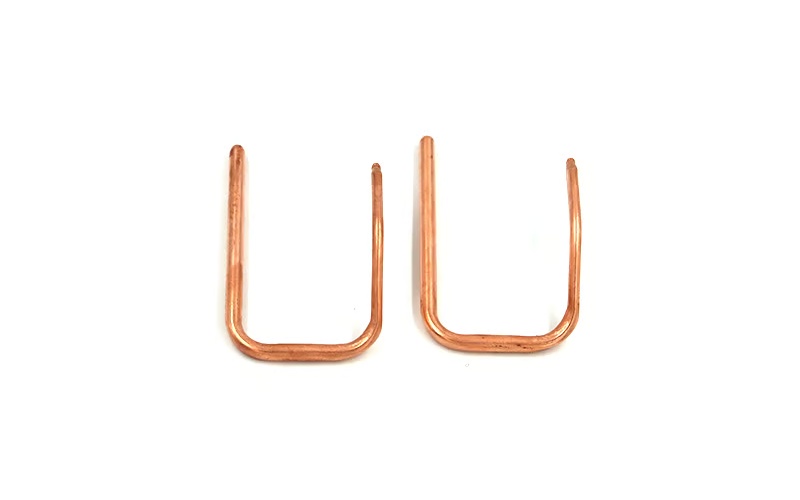Introduction
Heat pipes are becoming increasingly popular for various applications, especially for their effectiveness in cooling electronic components. Designers and engineers are constantly looking for ways to further optimize these systems, and a common question asked is, "
Are heat pipes directional??" In this article, we will explore the various prospects of heat pipes' directionality.
What Are Heat Pipes?
Before diving into whether heat pipes are directional, it is essential to understand what they are and how they function. Heat pipes are a passive heat transfer technology that utilizes a sealed system containing a small amount of working fluid. The heat pipe is usually made of a copper tube with an inner wick structure, which is saturated with the working fluid.
How Do Heat Pipes Work?
When the heat source is applied to one side of the heat pipe, the liquid inside the pipe evaporates. This vapor then travels to the other end of the pipe, where it condenses and releases the heat to the surrounding environment. This cycling of the working fluid creates a continuous mechanism for the transfer of heat.
Are Heat Pipes Directional?
The answer to this question is yes and no. Heat pipes can transfer heat in any direction, but their effectiveness may be impacted by the directionality. The heat transfer capacity can be reduced when the heat pipe is installed in a certain direction.
Orientation
The orientation of a heat pipe is an essential consideration because the orientation impacts the heat transfer capacity. When a heat pipe is positioned vertically, the primary force driving the working fluid is gravity, which reduces the capillary pumping. In contrast, when the heat pipe is oriented horizontally, the capillary pumping force is dominant, resulting in a higher heat transfer rate.
Wick Structure
The wick structure of a heat pipe also plays a significant role in determining its directionality. The wick structure promotes the flow of the working fluid by creating capillary forces. A grooved wick structure is effective for the vertical orientation because the grooves run perpendicular to the gravity direction, enhancing capillary pumping. A mesh wick structure is beneficial for the horizontal orientation because the wick structure can hold the working fluid against gravity.
Oscillation
Heat pipes can oscillate, which means they can move back and forth or up and down. The oscillation can disrupt the effectiveness of the heat transfer mechanism. Therefore, it is recommended to avoid designing heat pipes that are likely to oscillate.
Heat Pipes with Multiple Bends
Heat pipes with multiple bends may also affect the effectiveness of heat transfer. The multiple bends can cause the working fluid to stagnate at the bend location, reducing the rate of heat transfer. Therefore, it is recommended to avoid designing heat pipes with multiple bends.
The Importance of Proper Installation
Proper installation is critical to ensure maximum efficiency of heat pipes. The heat pipes should be installed in the proper orientation and be placed as close as possible to the heat source. The installation should also be free from bends and oscillation to avoid disrupting the heat transfer mechanism.
Conclusion
In conclusion, heat pipes are a passive heat transfer technology utilized for various applications. Heat pipes can transfer heat in any direction, but their effectiveness may be impacted by the directionality. The orientation, wick structure, oscillation, and multiple bends of heat pipes are crucial considerations when designing and installing heat pipes.
heat pipes, directional heat pipes, wick structure, multiple bends, oscillation, installation
Are Heat Pipes Directional? Understanding the Prospects of Heat Pipes
Learn about the directionality of heat pipes, including orientation, wick structure, and the importance of proper installation. Read on to find out how to optimize heat pipe systems.
Quote Inquiry
Contact us!

